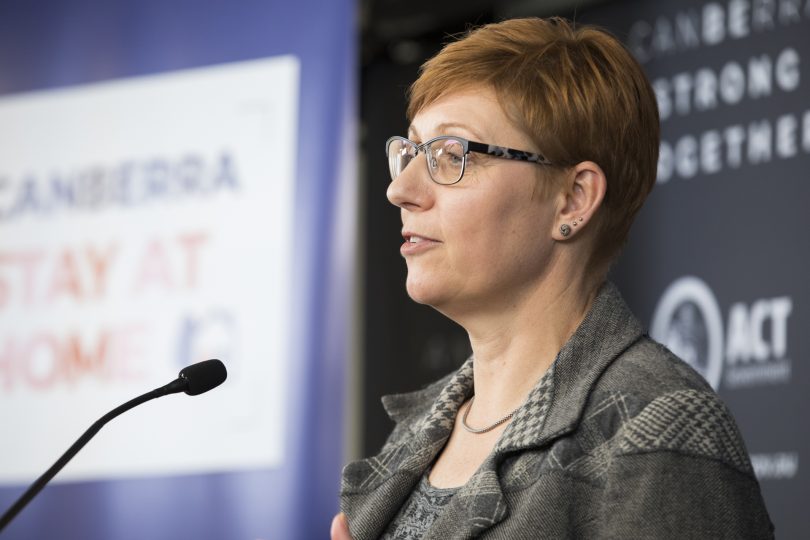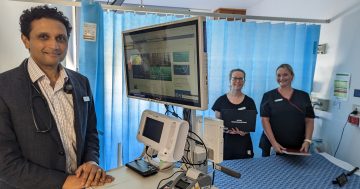
New data from ACT Health shows an increase in the number of people who were not seen on time in the emergency department. Photo: File.
Only 56 per cent of patients who went to the emergency department were treated on time between July and September, and more than 40 per cent spent more than four hours waiting, new ACT Health data shows.
The Australian Institute of Health and Welfare (AIHW) also found that Canberra still has the longest waiting times in the country, with more than 50 per cent of patients not being seen on time throughout 2019-20.
The ACT is well below the national average of almost 75 per cent, and the next poorest-performing jurisdictions – South Australia and Tasmania – which scored 65 per cent.
Most Canberrans who visited the emergency department in 2019-20 spent almost nine hours there before being sent home or admitted, an increase on the previous year. They also had the longest median wait time of 44 minutes to see a doctor, more than double the national average of 17 minutes.
The median time Canberrans spent in emergency departments also increased between 2018-19 and 2019-20 to more than three-and-a-half hours despite a decrease of more than 8,000 presentations – largely due to the pandemic.
There was a 20 per cent spike in admissions and a 16 per cent jump in ambulance arrivals in the July quarter as COVID-19 restrictions eased from the previous quarter, resulting in longer waiting times.
ED presentations are now at their pre-COVID levels while elective surgeries increased slightly from the same quarter last year.

Health Minister Rachel Stephen-Smith has lauded the professionalism of health workers during the pandemic. Photo: Region Media.
But the elective surgery waiting list blew out by 4,300 people after surgeries returned to normal on 30 June following restrictions imposed by the pandemic.
There are now more than 1,000 overdue patients waiting for elective surgeries, 300 less than the previous quarter.
The current waitlist has also decreased from 5,633 people last quarter to 5,341.
The ACT Government has committed an extra $30 million to help clear the elective surgery backlog and pledged during the recent election campaign to increase the number of elective surgeries to 16,000 in 2020-21.
Close to 4,000 elective surgeries were performed this quarter, which is almost 4 per cent more than the same quarter in 2019-20.
Health Minister Rachel Stephen-Smith admitted that there was work to do to reduce waiting times but lauded the hard work of health workers throughout the pandemic.
“Despite the ongoing impact of COVID-19 on clinical operations, we have again seen incredibly high levels of patient satisfaction across both public hospitals in this report. This is a testament to our dedicated healthcare staff,” she said.
“Throughout this quarter, our health services worked to recover from the suspension of non-urgent elective surgeries between March and June 2020, which led to an increase in patients waiting for elective surgery and in the number who were overdue.”
The ACT Government also pledged to build five walk-in centres across the city between 2021-22 and the middle of the decade. The community care model will aim to treat people with chronic illnesses and minor injuries.
Almost 80 per cent of presentations to the current walk-in centres are able to be treated onsite.
Work is also being undertaken to improve the performance and patient flow through EDs, Ms Stephen-Smith said.
“At Canberra Hospital, this includes direct admission into wards and discharging patients to other care pathways when appropriate,” she said.



















